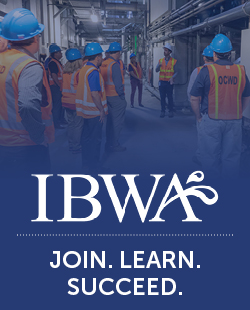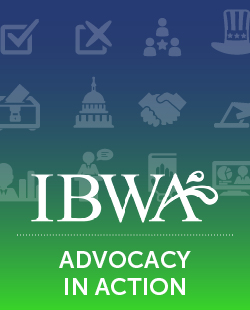Bottled Water Testing
Bottled Water Testing
On a gallon-for-gallon basis, bottled water is tested up to 26 times more frequently than tap water for nearly all of the same contaminants. With regard to daily testing, there are subtle differences between testing at a bottled water plant and a public water system (PWS) treatment plant.
Purified water
Purified water, typically sourced from municipal water systems, is not just tap water in a bottle. Once the municipal source water enters the bottled water plant several processes are employed to ensure that it meets the purified standard of the U.S. Pharmacopeia 23rd Revision. These treatments can include utilizing a multi-barrier approach. Measures in a multi-barrier approach may include one or more of the following: reverse osmosis, distillation, micro-filtration, carbon filtration, ozonation, and ultraviolet (UV) light. The finished water product is then placed in a bottle under sanitary conditions and sold to the consumer.
Daily testing may include coliforms, heterotrophic plate count, and, in some cases, yeast and mold, and Pseudomonas sp. Other testing may include pH, total dissolved solids, conductivity, turbidity, and ozone residual.
PWS treatment facilities draw water from surface waters (such as rivers, lakes, and reservoirs) and/or groundwater aquifers. Like bottled water facilities, PWS treatment facilities test for coliforms and heterotrophic plate count/standard plate count. Other testing may include pH, total/suspended/dissolved solids, turbidity, and chlorine or chloramine residual.
FDA Good Manufacturing Practices
Further, bottled water is one of the few food products that U.S. Food and Drug Administration (FDA) also subjects to extra two sets of requirements in addition to the general food Good Manufacturing Practices (GMPs) — one prescribing bottled water GMPs and the other imposing specific bottled water standards of identity and quality. FDA’s GMPs for bottled water apply to every aspect of production, from source protection, all the way through processing, to finished water sampling for purity prior to final bottling. FDA has established standards for more than 90 substances pursuant to the Standard of Quality (SOQ) for bottled water.
Most FDA bottled water quality standards are the same as EPA’s maximum contaminant levels (MCL) for public water systems. The few differences are usually the result of the substance not being found in bottled water or the substance is regulated under FDA food additives program.
Common questions
“How often are bottled water facilities tested by FDA?”
FDA, which regulates the bottled water industry as a packaged food product, may collect samples for testing from any bottled water facility at any time, whether for cause or during a routine inspection. However, as is the case with public water systems and the U.S. Environmental Protection Agency (EPA), which regulates public water systems (tap water), there is no regular schedule for such testing.
“How often are bottled water facilities inspected by FDA?”
FDA maintains delegation agreements with all 50 states, which means that all state agencies under an agreement with FDA may inspect any bottled water facility at any time as a representative of FDA. FDA also maintains regional offices throughout the United States, staffed with inspectors who routinely visit food facilities, including bottled water facilities. Therefore, each facility is inspected at least annually by FDA and/or state regulatory inspector(s).


